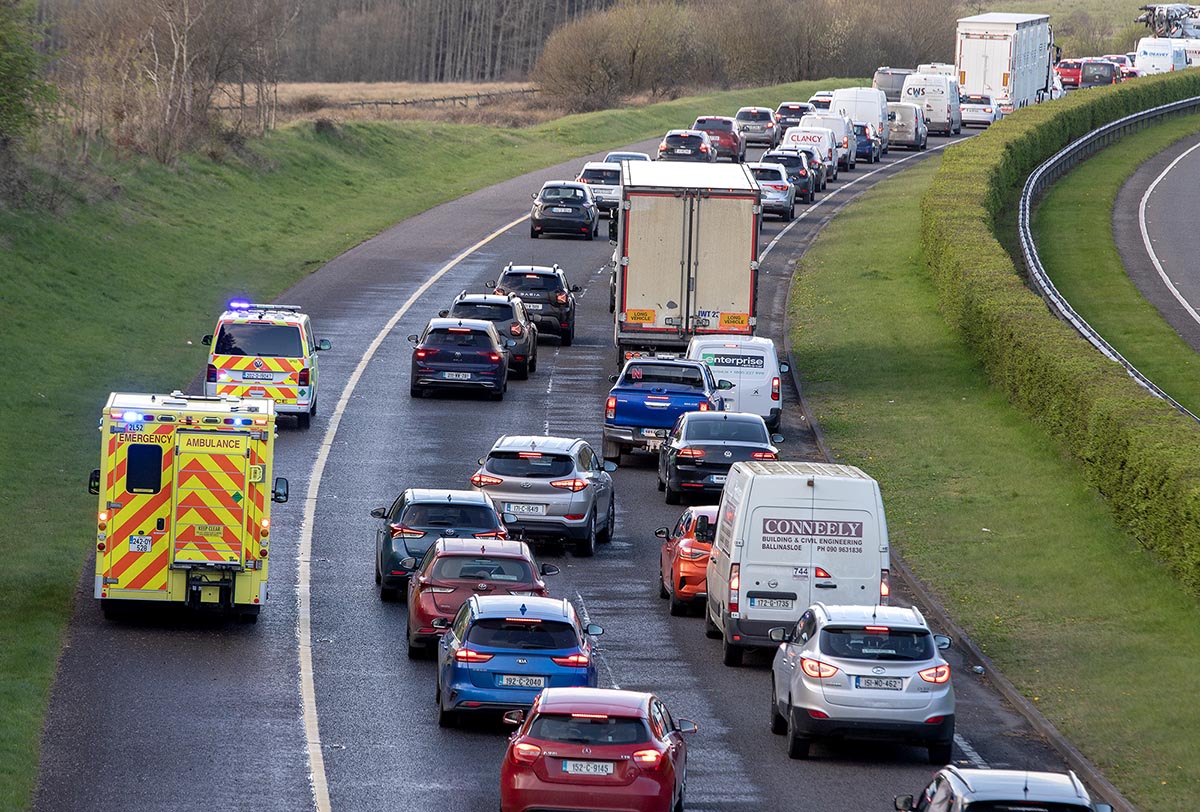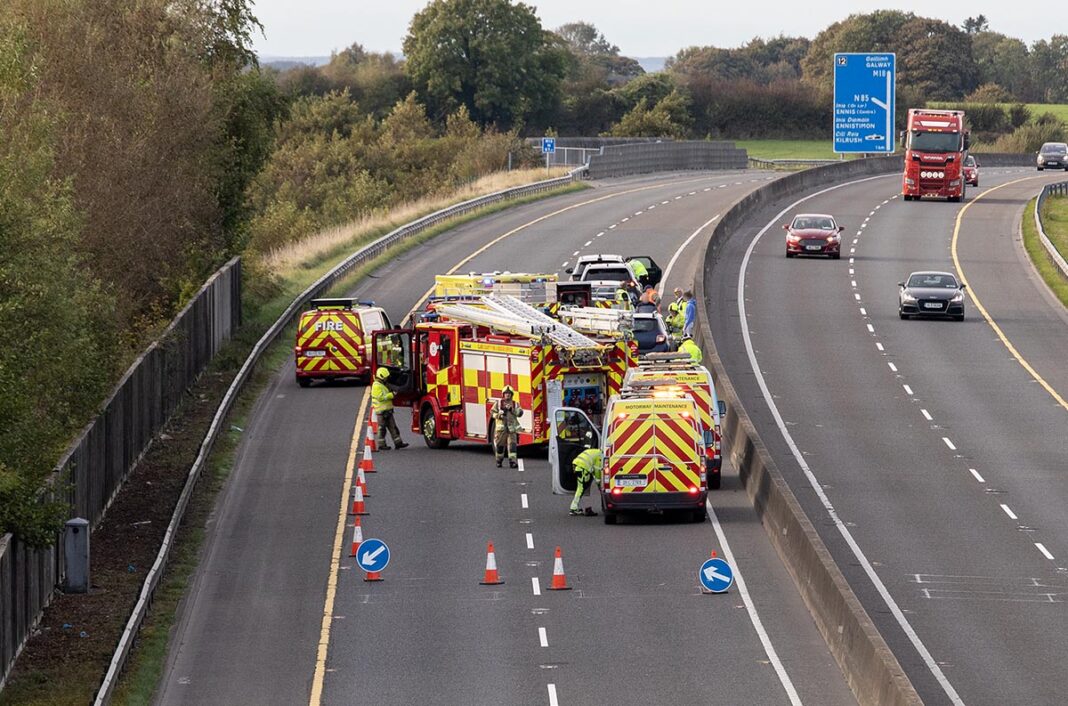Clare Fianna Fáil TD Cathal Crowe has called for urgent action to be taken to address the number of collisions happening along the N18 dual carriageway and M18 motorway in recent months.
Deputy Crowe was commenting after a recent collision on Bank Holiday Friday which left the northbound lane closed for a number of hours during rush-hour and resulted in significant congestion along surrounding road networks.
According to Deputy Crowe: “The N18 dual carriageway and M18 motorway is a vital piece of road infrastructure and carries thousands of commuters to and from Ennis, Limerick, Galway and every village and town in-between every day.
“There has been a noticeable uptick in collisions along the route, particularly between Ennis and Limerick, in recent weeks and months and it seems that several times a week lanes along the route are closed as a result.
“While the obvious clear priority is the safety of those travelling our road network, collisions also have a significant impact on all of those who are commuting to and from school and work and who can be delayed as a result of incidents along the network.
“The N18 stretch between Shannon and Limerick in particular can be a bottle neck of cars where you have a large amount of cars merging and exiting the dual carriageway along successive junctions. I drive this road daily and have personally seen many near misses involving cars merging or exiting the road, particularly during morning or evening rush hour traffic. I have also received a lot of phone calls, emails and texts from constituents, particularly within the last week, who also want to see action taken to reduce the number of incidents.
“I have written to the Minister for Transport, to Transport Infrastructure Ireland and to the Gardaí to ask for an investigation into measures which could be implemented to alleviate the pressure along the network during peak hours and to attempt to cut down the risk of collisions.
“In particular, I believe that strong consideration should be given to the trialling of a variable speed limit during peak hours, as you see in other busy road networks like the M50 in Dublin. There, when it is busiest, the speed limit on the road is reduced to more safely accommodate the large number of vehicles and this is communicated very cleary on large digital signs. These signs can also warn road users in advance of obstacles or dangers on the road, such as incidents blocking a lane or oil spills.
“When the N18 is busiest and traffic is bumper-to-bumper in both lanes, it could be safer for the speed limit to be reduced slightly to allow more reaction time for drivers when vehicles are merging or exiting, or when there is a sudden stop or incident ahead. The speed limit could also be lowered to allow those approaching a road incident to do so at a safer speed.
“One death on our roads is too many and any measure that can improve road safety and reduce the risk to drivers and passengers should be thoroughly examined.”

